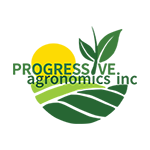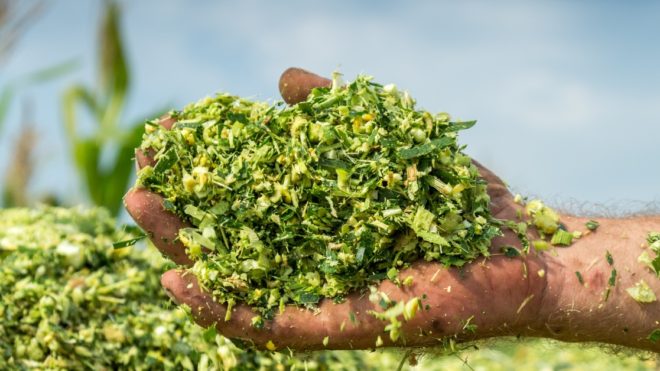In many areas of the Midwest, silage is not an afterthought, it is the focus of the entire farm operation. With that in mind, Beck’s Practical Farm Research (PFR)® team will begin conducting corn silage-specific PFR studies in 2021. We know that there is a craving for agronomic research that focuses on producing hightonnage corn silage, and we are going to help find those answers. Here is a sneak peek of the silage studies that we will be conducting in PFR this year:
R1 Fungicide Study
In recent years, the use of fungicides on corn silage acres has become a more common practice to produce the highest tons and reach optimum quality. Knowing this, we will be conducting a silage fungicide study comparing the newest and most common fungicides on the market today. We will also include some of the older, more widely used silage fungicides to gauge what the new chemistries may have to offer. Not only will we be evaluating the impact fungicides have on the tonnage, but also their impact on the overall quality as well. This data can then be used to show the bottom-line effect on milk/A. or beef/A.
Cutting Height Study
Back in the mid-90s, several universities suggested increasing cutting heights in silage to elevate the quality of the forage. Of course, there was some yield drag to this. However, there was also a linear relationship to the quality of the silage sample. So what is the optimum silage cutting height, and has the newer style of hybrids today changed that data? Obviously, there are many factors that may play into this, like quality needed, nitrates, and even residue cover needed. This study is going to look at three cutting heights (6 in., 12 in., and 18 in.) and the overall effect they have on tonnage and different quality metrics.
Plant Growth Regulator Study
We have been testing plant growth regulators (PGR) in PFR for several years, and the results have been inconsistent. However, this could be different with silage. The PGR known as gibberellic acid is a naturally occurring plant hormone that causes the stems of grasses to elongate. When conditions are cool, corn plants can struggle to produce enough gibberellic acid to maximize growth. This is especially common in northern geographies. In this study, we will be applying Conklin’s PGR product Intensify®, both in-furrow and foliar, to evaluate its effect on silage yield as well as quality.
Plant Population Study
For many years, it has been the belief that to maximize corn silage yield, planting populations also need to be maximized. But is this true? In this population study, we will look at a low population, moderate population, and high population to see if the amount of plants/A. really has as big of an impact on dry matter (DM) tons as many farmers believe. It’s important to also keep quality in mind. Therefore, we will be evaluating quality components to fine-tune that perfect silage planting population.
~ Ben Puestow, CCA – Field Agronomist and Corn Silage Specialist

